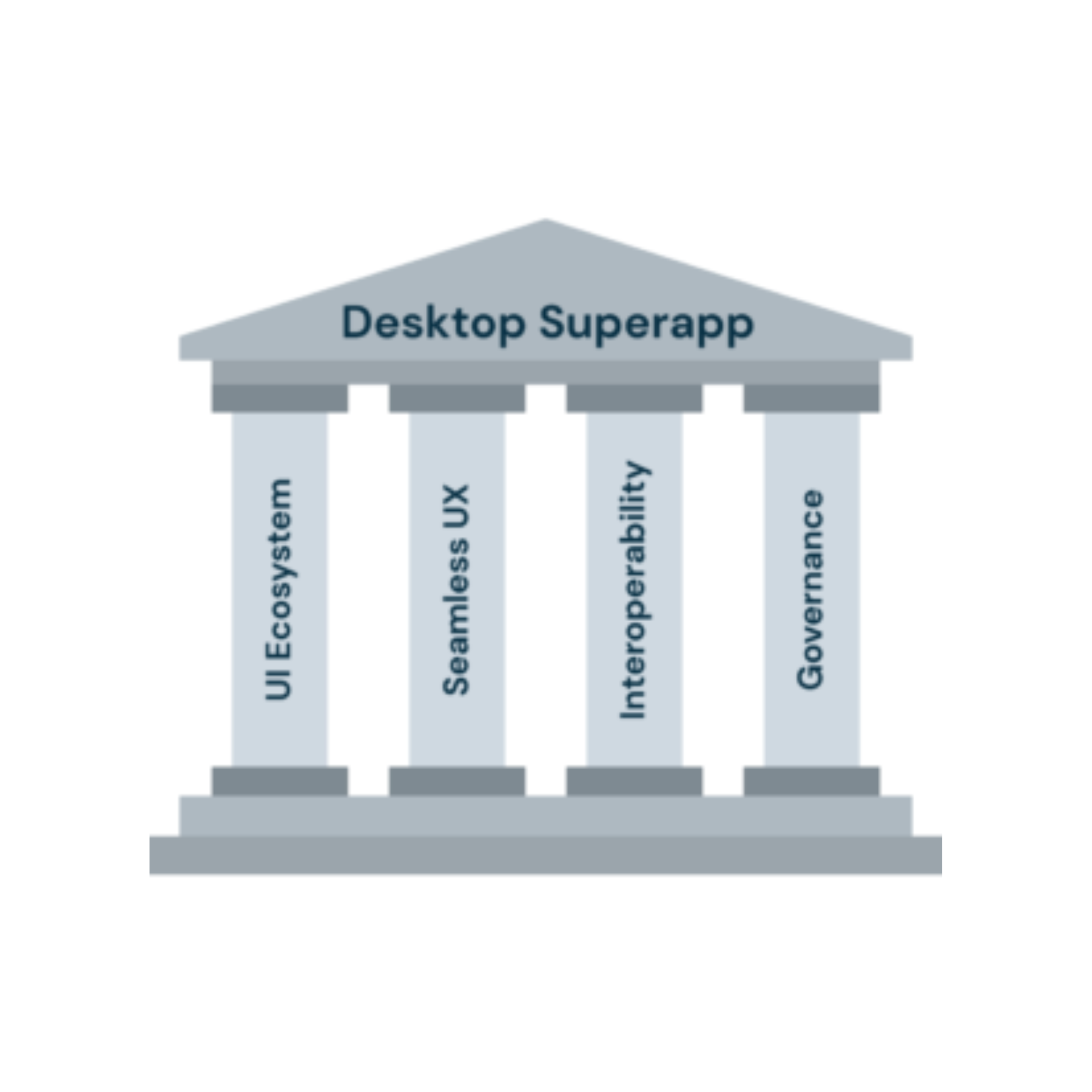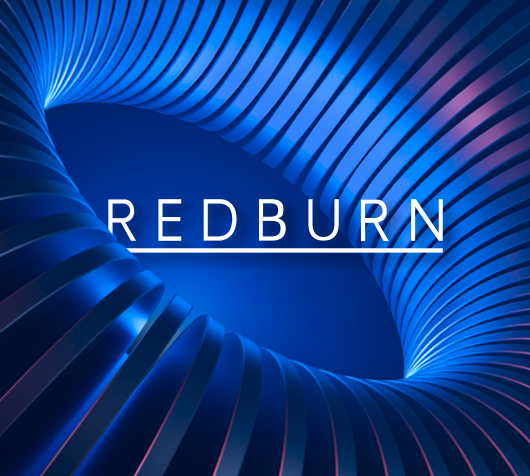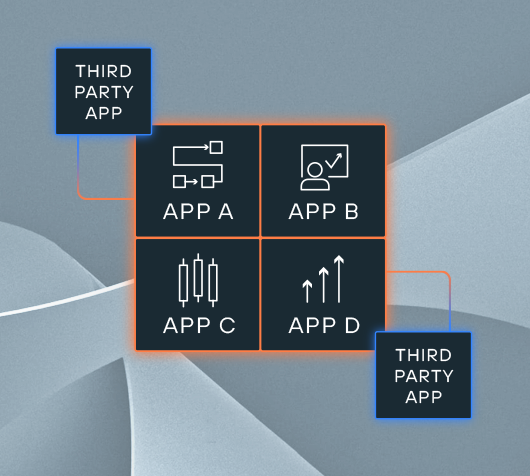
The Desktop Interoperability Maturity Model for Software Vendors
In this post, discover the benefits The Desktop Interoperability Model has for software vendors and system integrators, such as a better understanding of your client’s interoperability goals and making your own offering interoperable.
To educate the industry and provide thorough answers to our client’s interop questions, we developed The Desktop Interoperability Maturity Model – a first-of-its-kind structured approach to implement, measure, and improve interoperability initiatives across capital markets and the wider ecosystem. While The Maturity Model is primarily a tool for buy- and sell-side firms, this blog post takes a deep dive into the benefits the model has for software vendors and system integrators and how it can enhance your offering and client relationships. We’ve also included vendor-specific interoperability levels inspired by The Maturity Model.
The Maturity Model benefits vendors and system integrators in the following ways:
- Better understand your clients’ interoperability goals.
- Make your own application suites interoperable.
- For system integrators, it helps you set a clear path and milestones for your clients’ digital transformation projects.
Benefits for Software Vendors
Software Vendors can significantly benefit from The Maturity Model. Both central platforms like O/EMS, Market Data, CRM systems (what we refer to as Vendor Hubs) and peripheral fintech solutions like analytics, research, sentiment and event monitoring tools (or Vendor Spokes) can find value in identifying the interoperability level of their clients.
With The Maturity Model, you can reduce the friction for clients to adopt their product and thus achieve improved outcomes, with the added benefit of becoming stickier on the client’s desktop. With a deeper understanding of client goals and current interoperability levels, you can assess the optimal placement for your product and shape product roadmaps in alignment with client interop objectives.
Vendor Hubs
As mentioned above, if your offering includes O/EMS, portfolio management, compliance, post-trade, and/or CRM systems, we refer to you as a “Vendor Hub.”
To achieve a seamless user experience, it is crucial for your application to communicate with other applications on the client’s desktop. Very often, clients rely on Vendor Hubs to help drive their implementation strategy. The Maturity Model can help you better understand your client’s interop journey and therefore serve as a catalyst in driving interoperability – delivering additional value which can be directly monetized and benefiting from deeper integration in clients’ workflows.
Specifically, interop design thinking shifts can help you shift your focus from building applications to building workflows. This focus on user experience (beyond the boundaries of a single application) delivers more valuable and sticky solutions.
Internal interoperability is another benefit that you can enjoy as a Vendor Hub. Global fintech vendors often manage large product suites within their portfolios and continuously acquire new companies and technologies. The integration process usually causes internal friction, complicating the creation of synergies and generally impeding the execution of the firm’s overarching vision, delivery of application portfolio value to the client, and capture of accretive value for the vendor.
Leveraging The Maturity Model can help you effectively assess your products and their levels of interoperability, streamlining product development and facilitating the delivery of an integrated desktop and workflows for clients.
Vendor Spokes
Vendor Spokes address specific problems such as analytics, visualization or sentiment analysis. If you are a Vendor Spoke, The Maturity Model benefits for you relate to your compatibility with other products on your clients’ desktops. To drive adoption, client value, and retention, it is imperative that you ensure your product works seamlessly within a client’s existing workflow, instead of sitting outside of it.
Using The Maturity Model to understand how and why clients are implementing interoperability, and what the journey to maturity looks like, is instrumental for Vendor Spokes, helping you pinpoint the most effective integration points within established workflows.
Benefits for System Integrators & Professional Services
If you are a professional services firm and/or system integrators already helping firms achieve their interop goals, The Maturity Model can rapidly accelerate projects.
Through the model, you can work with clients on long-term projects with a clear vision and specific milestones in place. It allows you to easily evaluate your clients’ interop maturity stage, and thus formulate plans and actionable goals for the next five or ten years, proving you’re a trusted and indispensable partner.
As an integrator, you can also serve as a driver for further digital transformation. This opens doors to new go-to-market opportunities that you can cultivate and establish as a practice around interoperability (in the case it’s not already part of your service offering). The Maturity Model presents a clear, unified framework (even for system integrators that are well-versed in interoperability) which can drive offering design and assist clients in understanding the value of potential engagements.
Below, we examine the four levels of Desktop Interoperability for Vendors.
Level 1: Fragmented Legacy

- You experience a disparate environment where apps do not talk to each other.
- There is zero interoperating functionality between them.
Level 2: Connected Monoliths
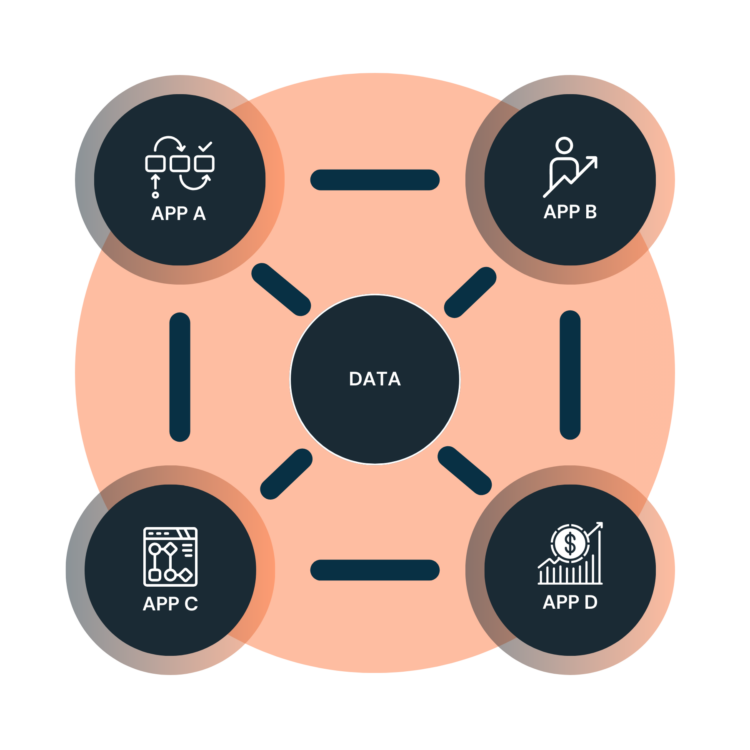
- You have implemented cutting-edge software that connects anything to anything, enabling workflows between your apps on the client desktop.
- You have established a common schema for data sharing and a common governance model for interoperable app development.
- You have implemented the native and virtual app adapters which are required to connect your key legacy apps into your next-generation platform.
- You can freely deploy on the web, to the desktop, or into a proprietary container.
- While not everything is interoperable in your stack, you own a single platform from which you deploy (and your clients can access) the majority of your relevant technology suite.
Level 3: The Cohesive Workstation
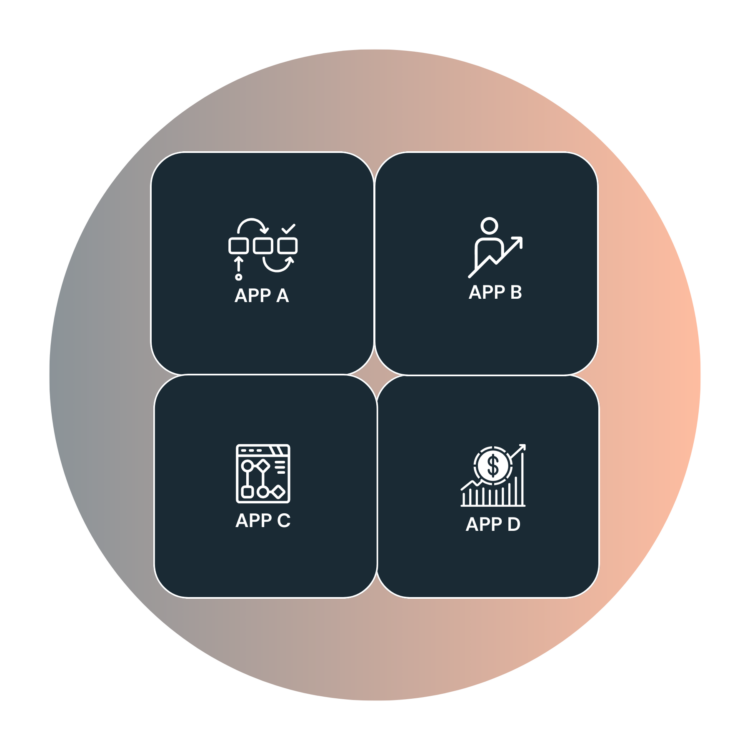
- Your apps are unbundled; all of your valuable content and infrastructure freely interoperate within a unified client interface.
- You offer numerous curated app-to-app workflows out-of-the box which are designed to improve the life of your users (and enable better value discovery within your portfolio).
- Your users can further configure and throttle their workflows without requiring direct intervention from your firm.
- You deliver rich, platform-level cohesion with federated search, aggregated notifications, and role-based layouts/workspaces.
- Your users can freely access your content within a zero-install, browser-based environment or within a desktop interface for a richer experience.
Level 4: The Interoperability Hub
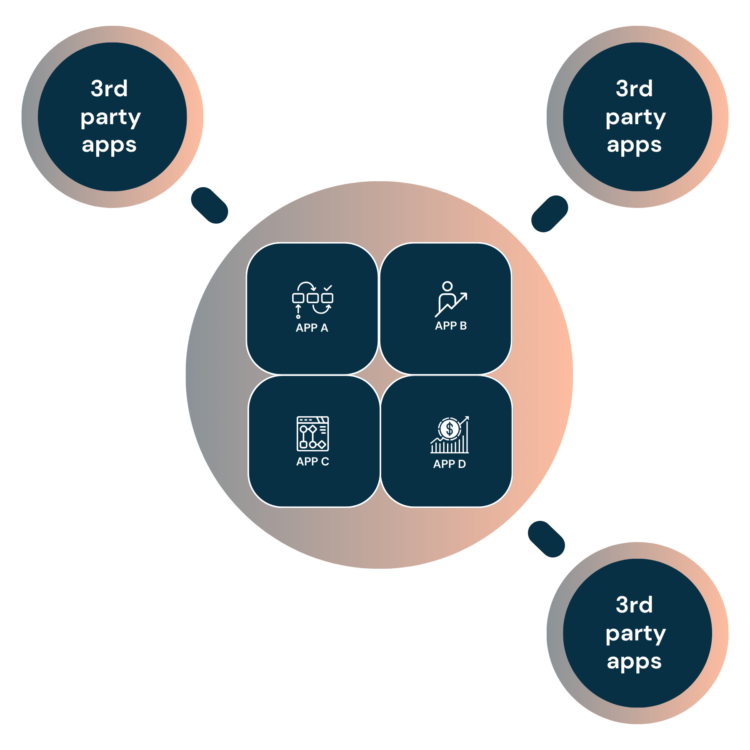
- You are able to quickly spin up and deploy customized instances of your interoperable platform – you deliver unique experiences to each user, role, desk, or client firm.
- You freely connect your interoperable front-end to the other key apps on your clients’ desktops; you orchestrate workflows with partner and proprietary apps.
- As a workflow hub, you are no longer just an app provider; you provide the foundation for how your users work.
- You deliver a developer portal and app directory; both your partners and your clients can write their software to interoperate with yours; your clients view you as both a general delivery channel and as a source of unique content.
- You have implemented a telemetric strategy across first and third-party content within your interoperable platforms; you know your users’ behavior and engagement.
Become an interop.io partner
Our partner ecosystem includes software vendors, resellers and system integrators who recognize the value that interoperability and streamlined workflows can bring to their clients. Together, we strive to deliver tailored solutions for the industry’s most critical workflow challenges. Firms like FactSet, Charles River, and Iress trust interop.io to help their clients and end users realize the power of interoperability. Check out our partner page for more details.
Download The Desktop Interoperability Maturity Model to get started.
